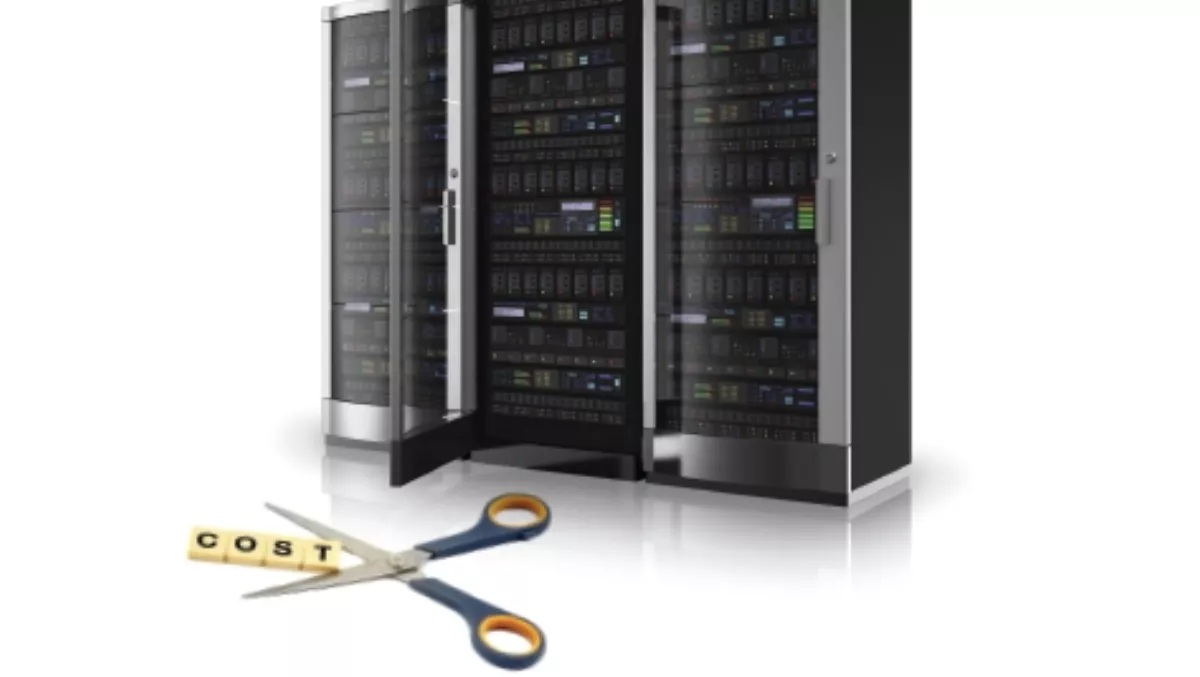
Making data centres affordable and accessible
Data Centers play a key role in disaster recovery, says Compass Communications' Peter White. But how do you keep costs down?When it comes to being prepared for disaster recovery, data centers play a key part.
Storing backup servers in a secure location geographically removed from your primary location so that you can continue to operate with minimal downtime and loss of data makes sound commercial sense.
New Zealand is a nation of small to medium sized businesses though and for these businesses, keeping costs down is vital to their survival.
The expense of securing rack space in a data center for disaster recovery can be prohibitive so, all too often, the need to avoid the extra cost wins out over the risk posed to the business if their primary IT systems were to be knocked out.
That leaves many of the businesses that make up the fabric of New Zealand’s economy dependent on a single location for their IT systems and without any kind of geographic redundancy.
Keeping costs downFrom the data center provider’s perspective though, it costs the same to run the data center whether it’s used to house primary infrastructure or disaster recovery kit.
So, how can a data center keep their costs down without compromising security and uptime, allowing it to become affordable and accessible to more businesses?
That was the challenge facing Compass when they planned their new data center.
Compass’ Business Markets Manager Peter White says the answer lay in identifying the largest cost and finding a better solution. “We wanted our Te Rapa centre to offer extremely competitively priced rack space, so we had to look for ways to achieve real economy.”
There’s no getting around it; it takes a lot of air to keep IT equipment at the right temperature, so cooling systems are often the largest power consumer within a data center.
In turn, power supply is typically one of a data center’s largest costs so it makes sense to look towards more efficient methods of cooling.
A method like evaporative cooling uses a fraction of the energy required to power traditional refrigeration-based air conditioning units because it cools air only when the temperature requires it. The system passes air from outside through the data center servers and equipment at a rate that keeps the temperature at the right levels.
In temperate climates, there are days when there is no need to cool the external air at all. On other days, a water evaporation technique cools the incoming air enough to cool the entire data center.
The energy savings from implementing a system like this result in a significant reduction in power-related costs. This in turn allows the new Compass Te Rapa data center to offer rack space at rates that offer businesses an exceptionally cost effective disaster recovery site.
See more here.
Peter White is business markets manager for Compass Communications, which operates data centers in Auckland and Te Rapa, Hamilton.

